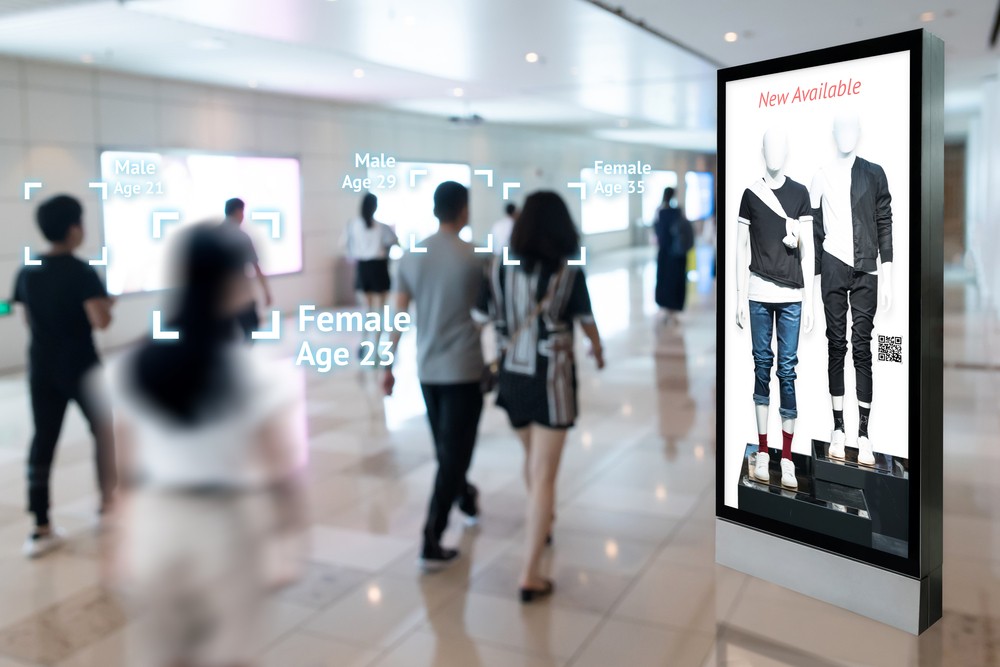Looking across age ranges and verticals, the 2023 Customer Identity Report uncovers ever-greater sophistication among worldwide consumers on their attitudes to digital privacy, security, and data protection.
Younger buyers drive competition as online accounts rise
As digital transactions continue to play a larger role in our lives, the number of accounts we need to manage grows too: 75% of consumers have 10 or more active accounts, and the average online customer has more than 20 active accounts for applications and websites. But this has consequences for brands and consumers alike. Competition for attention and dollars is fierce, especially with younger generations that churn accounts at nearly double the rate of older demographics. Meanwhile, the more accounts a user has, the greater their exposure to data breaches – especially when those accounts are protected with a traditional username and password, or forgotten or not maintained over time.
Passwords are bad for business, as lower friction experiences lead to higher consumer spend
Friction is the enemy of conversion: 60% of consumers globally say that they would be more likely to spend money when services offered a simple, secure, and frictionless login process. According to the survey, passwords are a major source of friction. Most (65%) of consumers feel overwhelmed by the number of usernames and passwords they have to manage, and one-third (33%) find creating passwords that meet certain requirements frustrating. Another 64% report that they’re unable to log in to an account at least once a month because of a forgotten username or password.
So, when consumers were asked to rank which security measure they would prefer to use to protect their account, it’s no surprise that traditional username and password finished last. Multi-factor authentication (MFA) and social login came up as “table stakes” – something consumers expect. Notably, the two youngest cohorts (18 to 29 years old and 30 to 39 years old) favoured biometric authentication, which reflects industry trends and growing adoption of passkeys and other passwordless authentication methods.
“Finding the right balance between privacy, friction and user experience can be a challenge: Businesses need to assess their own environment, and create a user experience that establishes trust and provides necessary security controls that protect a user’s sensitive information and combat fraud,” said Shiv Ramji, Chief Product Officer, Customer Identity at Okta. “It is not a one size fits all approach, but requires a strategic approach to identity, and ultimately, a no compromise approach to security, privacy and user experience.”
Consumers want more control over their data, but it’s a privacy-personalization paradox
Data privacy matters to today’s consumers: 75% of respondents across all age groups reported that it was important to them to have control over their data. This percentage rises when consumers are interacting with highly regulated industries, such as financial services (86%), healthcare (83%), and public sector organizations (81%) – all of which are more likely to involve sensitive or personal data.
Respondents in Europe and North America favored control across every industry, whereas consumers in Asia Pacific and Japan were more willing to compromise control for a lower-friction experience when interacting with brands in Media & Entertainment, Transportation & Travel, and Retail & Hospitality. With convenience and control seemingly at odds, it’s no wonder that many brands struggle with the privacy-personalization paradox.
“Customers want frictionless, personalized, and instantaneous experiences when logging in to apps and making purchases; at the same time, they want to control what data they share, and they want appropriate security controls in place to protect it.” continues Ramji. “Given the strong competition for customer attention, brands that want to build long-term relationships with customers must be transparent about what data is needed and how it’s used to power a private, secure, and convenient experience. That is the basic requirement from consumers and something that shouldn’t be compromised.“




